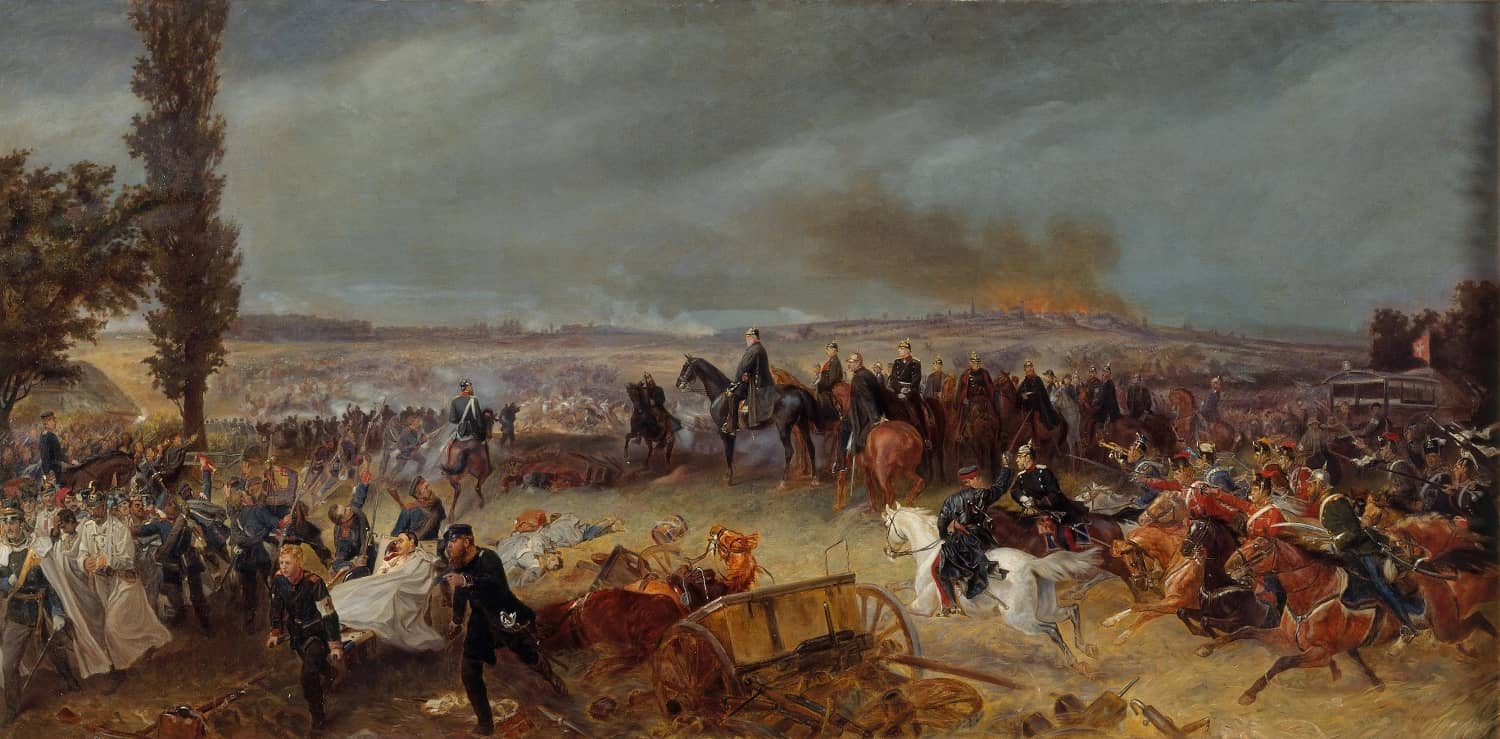Battle of Königgrätz: Prussia’s Military Prowess in the 1866 War
The Battle of Königgrätz, also known as the Battle of Sadowa, was a significant engagement fought on July 3, 1866, during the Austro-Prussian War (also known as the Seven Weeks' War).

The Battle of Königgrätz, also known as the Battle of Sadowa, was a significant engagement fought on July 3, 1866, during the Austro-Prussian War (also known as the Seven Weeks' War).

